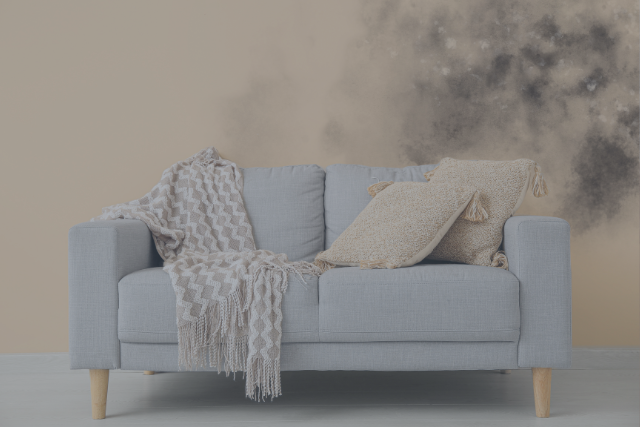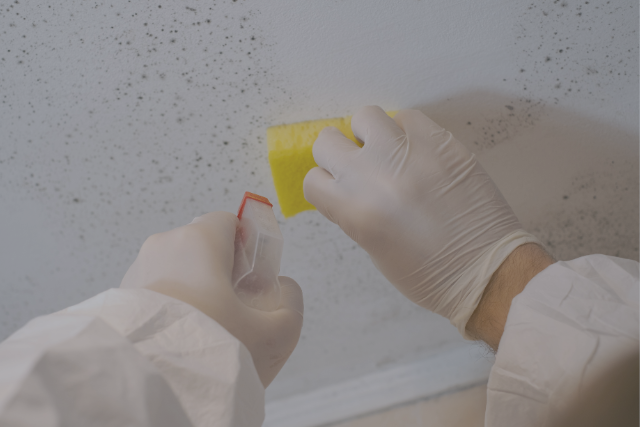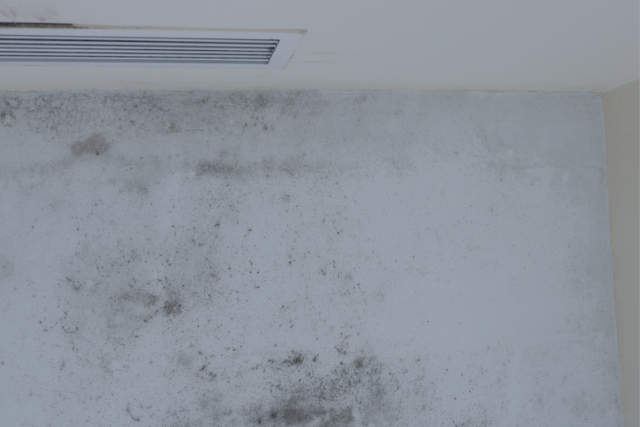When people think of mold indoors, they often picture a black stain on the wall, a musty smell, or visible water damage. But mold is only the result. The real problem lies in the conditions that allow it to thrive. Ventilation, humidity, mold growth —these three are deeply connected. Excess moisture, porous materials, and poor airflow create the perfect environment for spores to multiply.
Before a single spore appears, the environment is already primed for its growth. Understanding how ventilation, building materials, and ambient humidity work together is key to preventing mold at its source.
Ventilation: The Silent Regulator of Indoor Air
A home can look spotless yet still have unhealthy air if there’s poor ventilation. Without proper airflow, natural moisture from daily life—showers, cooking, even breathing—accumulates in the air.
This is especially common in:
- Bathrooms without exhaust fans
- Closets with no air circulation
- Sealed attics or basements
- Windows that stay closed all day, particularly in summer
When moisture isn’t removed, it condenses on cool walls, ceilings, or windows. This repeated condensation is the first step toward mold growth, even in spaces that look “dry” to the eye.
Proper ventilation controls humidity levels and makes it much harder for mold spores to find a comfortable place to grow.
Building Materials: Why Mold Picks Certain Spots
Not all materials are equally vulnerable to mold. Indoors, mold looks for porous materials that can absorb and hold moisture. These surfaces don’t just trap humidity—they also serve as a food source for fungal growth.
The most commonly affected materials include:
- Drywall or gypsum board
- Untreated wood or particle board
- Carpet and upholstery
- Wallpaper or cardboard behind furniture
Many modern homes use these materials for convenience and cost-efficiency, but without proper moisture control and treatment, they become ideal mold habitats.
Even in new construction, mold risks remain if sealing, waterproofing, or ventilation aren’t done correctly.
Humidity: The Ingredient That Changes Everything
Humidity refers to the amount of water vapor in the air. Once indoor humidity levels rise above 60%, the risk of mold growth increases significantly.
Common causes of elevated humidity include:
- Small leaks or undetected drips
- Daily condensation that isn’t properly ventilated
- Poor thermal insulation
- Warm, humid climates without dehumidifiers
Unlike floods, this type of moisture often goes unnoticed. But it saturates the air daily, and if ventilation is poor and materials are absorbent, mold can grow inside walls, ceilings, or furniture—without any visible warning signs.
How These Factors Work Together
Ventilation, materials, and humidity don’t work in isolation. Together, they determine whether a home is mold-resistant or mold-prone:
Poor ventilation + porous materials + high humidity = guaranteed mold growth
Good airflow + sealed or treated materials + humidity control = a healthy, mold-free home
That’s why in every professional mold evaluation, I don’t just look for visible mold—I examine airflow, material types, and humidity levels in each area. Often, mold is simply the final symptom of an environment that has been off-balance for months.
How to Prevent Mold at Its Root
The best way to stop mold is to intervene before it appears. Here are some practical prevention tips:
- Install exhaust fans in bathrooms, kitchens, and laundry rooms
- Use dehumidifiers in closed or naturally damp spaces
- Avoid placing large furniture directly against exterior walls
- Choose moisture-resistant paints in critical areas
- Perform regular maintenance on roofs, windows, and air ducts
If you’re unsure about the air quality in your home, consider getting a professional environmental evaluation. Catching a condensation issue or humidity imbalance early can save you from costly damage later.
Want to better understand how to prevent ventilation, humidity, mold growth from turning into a serious issue? Explore our professional mold inspection process or read our guide on early mold warning signs. For official recommendations, visit the EPA Mold Resources page.



